Leaf to Root,
On using the most out of your garden, plus container gardening, runner beans, coaching and a film role.
I’ve done it again, dear readers, and have gone over the email limit. If you want to see all of the photos, view this in your browser. (As always, the photos are mine.)
Leaf to Root
Gardeners tend to be less wasteful because they have the chance to use kitchen waste for compost and to pick as needed in the best sense of garden to table. Just as I’ve changed the way I garden, my cooking has also evolved. “Leaf to root” is popular among high-end chefs in Europe, because it is pushing the limits of reducing kitchen waste and preparing something delicious out of what normally lands in the organic waste bin.
Alliums are the easiest to use leaf to root. Young scallion and leek roots are full of onion flavor and can be pickled or cooked up with the dish you’re making. Spring garlic is a perfect candidate: the whole plant is tender and can be used from leaf to root. The flowers of onions, chives, and garlic chives are a delicacy. Use them fresh as a garnish, in herb salts, or to infuse vinegar. My favorite capers are made from the young seed pods of garlic chives.
Peas are versatile, although not quite leaf to root. The tendrils, tips, and flowers are delicacies for salads, garnishes, or stir-frying. Hulls that are not too fibrous can be juiced or puréed for hummus. More on peas on this week’s Deep Dive.
There is more to root vegetables than their roots. Use beet leaves like chard, beetroot’s botanical relative. Make a creamy soup with radish and turnip tops, which are more nutritious than the roots. Use carrot greens as the basis for a pesto or deep fry them as a garnish. Parsley root and celeriac leaves can be used as herbs; avoid weakening the plant by taking too many.
Young squash leaves are used as a leafy vegetable in Asian cuisine. Blanch them and use them like cabbage leaves for fillings. Squash flowers are edible and can be filled and/or fried in a light tempura batter, just like their larger prized cousins, zucchini blossoms. The stems of some squash and zucchini varieties are also candidates for making penne-like “pasta” - choose tender stems with few sharp hairs.
Rhubarb flower buds are usually something we compost, but they are also edible. Try them in place of broccoli in stews or curries. I have a stalk that can be taken this weekend.
Tomato leaves are not toxic when eaten in reasonable amounts. In some African cultures, they are cooked as a leafy green. Use a few to enhance the flavor of sauces, which can be removed after simmering. It is actually the leaf and stems that emit that tomato aroma we yearn for in winter.
Birthday week
It was a busy week, starting with my birthday. We took our first motorcycle outing to Pöllauberg in the Alpine foothills of Styria, an hour away from home. The 14th century church is a pilgrammage destination as well as a tourist attraction. The views are incredible. We had lunch in a 17th century guest house and pub. Of course, I chose the daily special, asparagus.
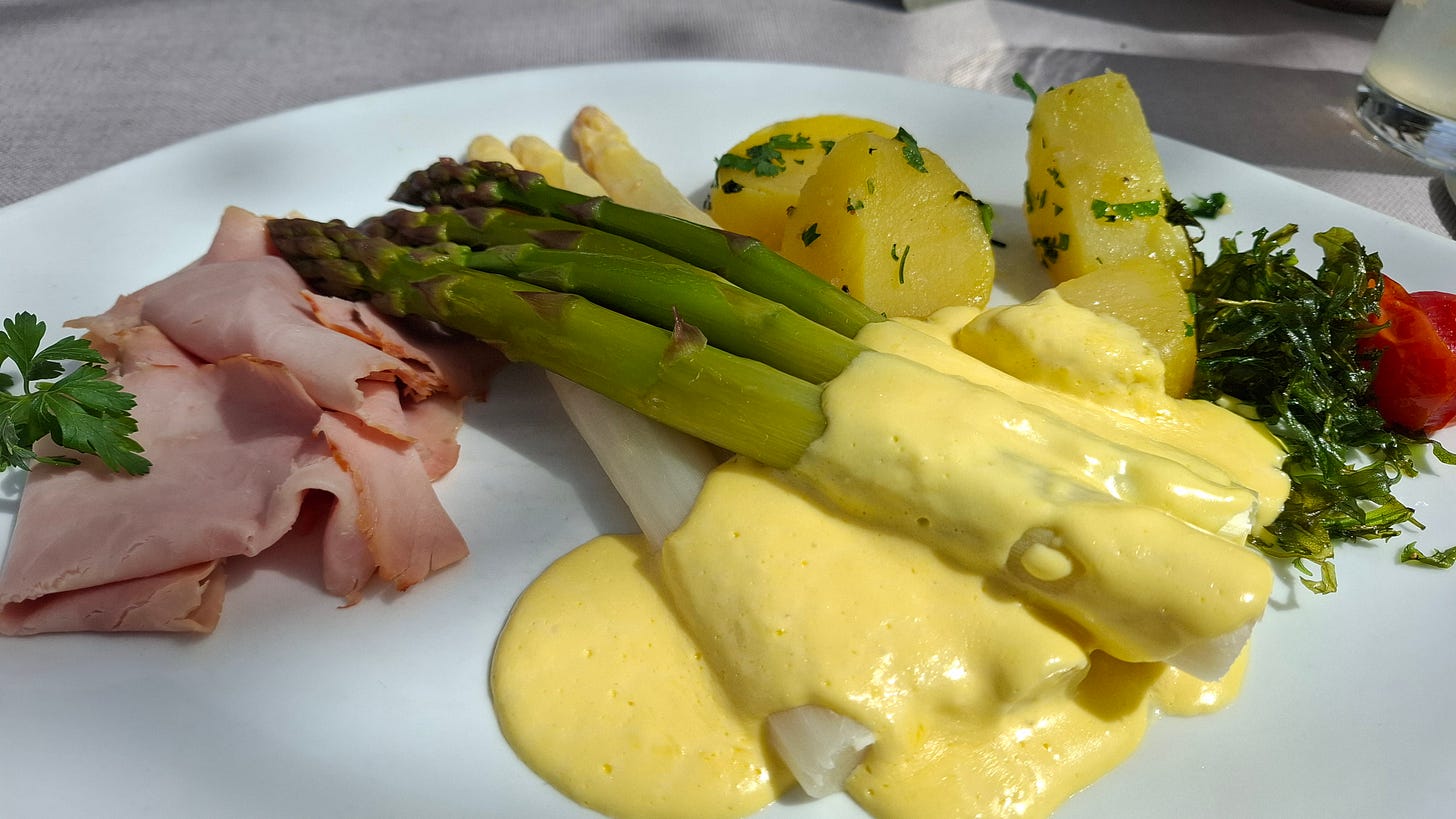
This week was also “Green Day,” what I call that day in spring when suddenly the world turns green. It’s about 10 days earlier than usual this year. Our living roof is also in bloom, covered in large yellow vetch (Vicia grandiflora), which can take over if I’m not careful. It gets to grow undisturbed in spring, because the bumblebees love it.
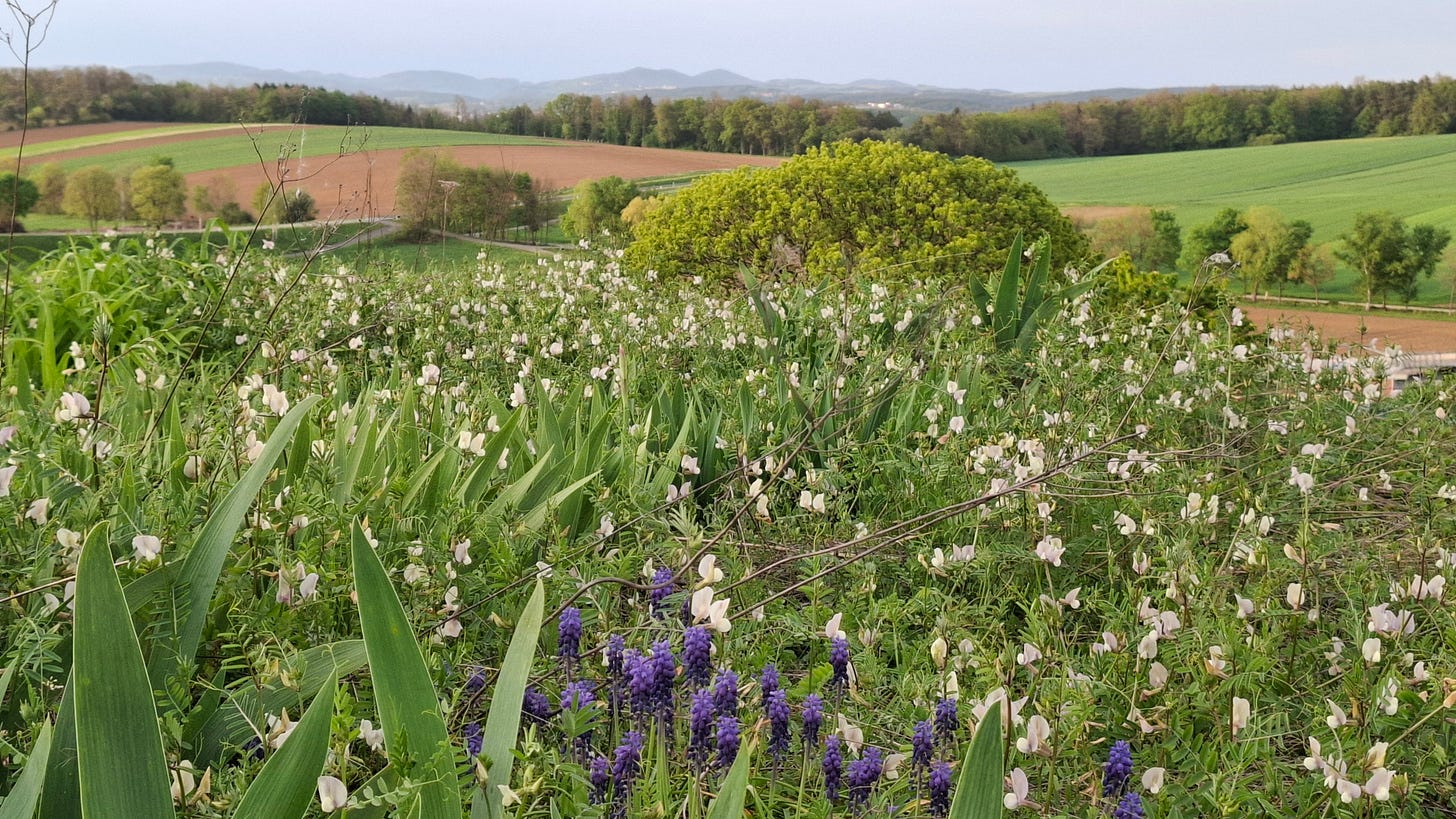
The living roof was already established when we bought the house. It’s installed on a long garage and extension of the basement. Sedums and grasses dominate on half, with the other half being more colorful throughout the summer. The vetch is the current highlight, with a few grape hyacinths here and there. Three varieties of iris will take the show in May, followed by tiger lilies in July. It’s relatively low maintenance; once a year I go up and remove vetch and dead stems. During the hot, dry spell of summer, some of the vegetation weakens, but it always pops back as soon as rain comes. The sedums and grasses are unfazed by most extremes.
The bumblebees are also in the front garden, this week enjoying not only the Caucasian comfrey but also the greater celandine (Chelidonium majus). It’s a wild herb that accidentally moved with plants from our last house. I’m pleased to have it here for precisely this reason:
Also in the front garden is a massive mizuna, almost as big as me. It decided to germinate between paving stones last November, and was a small, modest rosette throughout the winter. In early spring, I did harvest a few leaves for the kitchen, but it was otherwise undisturbed. Now it is peaking, with its flower stems at eye level with me. Although it blocks a corner of the walkway, it will remain until the seeds have ripened.
In this particular spot, I’ve had several leafy greens sprout between the paving stones. That is probably because I throw spent plants out the nearby window of the sunroom, after harvesting seed from them. The plants tend to be healthy and vibrant, although there is just sand between the stones and hard, dry clay beneath them. We’ve all seen plants growing in cracks in the pavement and this is no different. It really doesn’t take much for a plant to grow.
Tending transplants is my most important job right now. The tomatoes, peppers, and eggplants have been outside in wind-protected areas in our front garden for two weeks. I even risked a night that could have gotten too cold, but it worked out. In fact, the night temperatures have been consistently higher than forecasted for most of April, and there is no frost in sight. This is disconcerting, but I will nonetheless take advantage of it and plant up the tunnels sooner than usual.
I did pot up the dwarf tomatoes for the back terrace. Container gardening is not my thing, because I have enough space for garden beds, but this little variety called ‘Aztek’ is the earliest (note the flowers!) and astoundingly prolific. For now, two dwarf plants are sharing space with leftover lettuce plants, which I will remove in late May.
It’s so nice to go out onto the terrace to pick vegetables for a quick lunch. I also grow cucumbers in a larger planter with a makeshift trellis out of bamboo. This year, I’ll be planting scarlet runner beans in it, because cucumbers don’t enjoy growing on the same place, and I don’t like to replace all the soil. Scarlet runner beans produce beautiful red (edible) flowers and the beans, when picked young, are especially flavorful. The ripened seed is also an excellent dry bean. A strain of this variety is the famous Styrian “beetle” beans, a delicious dried bean grown in the neighboring province of Styria.
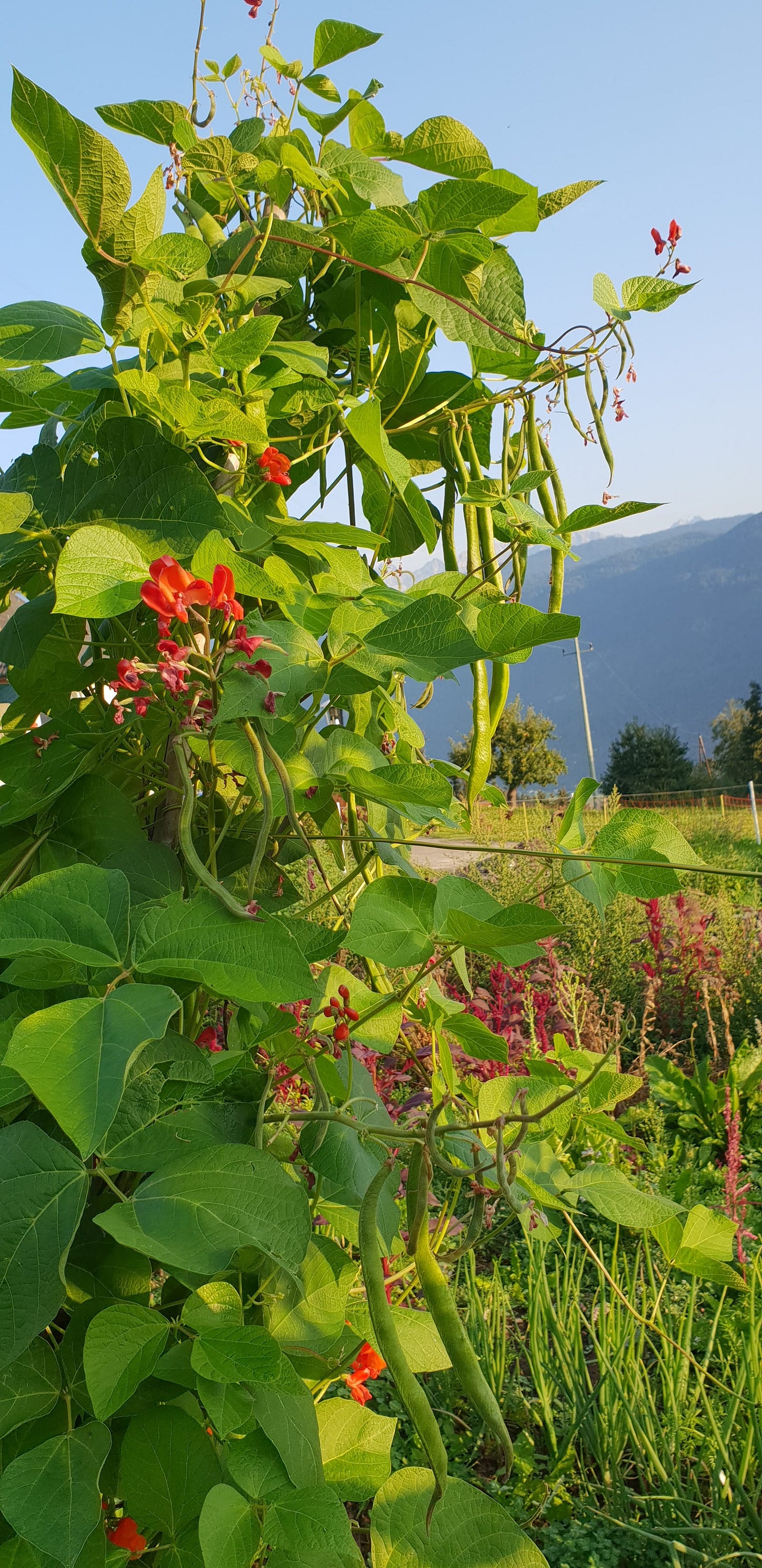

After all of this thinking about beans, I think will write more about them in the next Deep Dive. Next week’s newsletter will also feature the issue of raised beds and why I’m so conservative about them.
I also highly recommend these two Substacks for container gardening:
Garden coaching
I had lots of stuff going on this week, from a casting for the filming of my friend Martina Parker’s first mystery murder to garden coaching for a really special project, so it was rather inconvenient to be struck by stomach flu for a couple of days. This is also the reason my Friday newsletter is coming out on Saturday this week. The good news: both projects are well underway! I’ll be playing as an extra in the film, in the role of an exhibitor at a stand in a garden event. In other words, I get to be me and not speak any lines! More on Martina’s best-selling garden crime series in German will come later.
The gardening project is at a forensic rehabilitation center and the project leader is herself a landscape designer. She has been following me on social media for quite some time, so when her vision for a terraced vegetable garden started to become reality, she contacted me for help. It’s a real joy working with her on this project, a large garden on three terraces, each about 4m / 12ft. wide, with fruit trees and berry bushes separating the levels. After the terraces were created, she and the residents spread compost on cardboard late last fall. Now the planting can begin. The upper terrace will be a lawn used for yoga and socializing, with an herb bed on one end. The middle terrace will be the main production area for the center’s kitchen and the lower terrace includes space for individual gardens. I will share pictures when I can, but for now here’s a boring layout of their crop plan for half of the main terrace, in May and then in November:
If you would like to meet me online for coaching, feel free to email me! My rates are reasonable and a package deal with online meetings and email support is also available. More info is on my website - scroll to the bottom on this page.
This coming week in the market garden
My list hasn’t changed much, due to my lost day with stomach flu. We had rain for a full 24 hours, so it’s time to cover the tunnels again. I’ll be planting the summer crops in them. Also on the agenda:
mulching garlic with compost
prepping trellising for cucumbers and pole beans
starting basil (still not done!) and head/romaine lettuces
planting potatoes
preparing for a market on May 1st
I will also be writing a piece about my experience as a child on a small family farm in Wisconsin for the new Substack “GrangeHall,” recently created by Tim Connolly as a place for various voices in agriculture to publish. As my subscribers, you will receive it in your inbox automatically.
Wishing you a good week in the garden and everywhere else you are,
Tanja











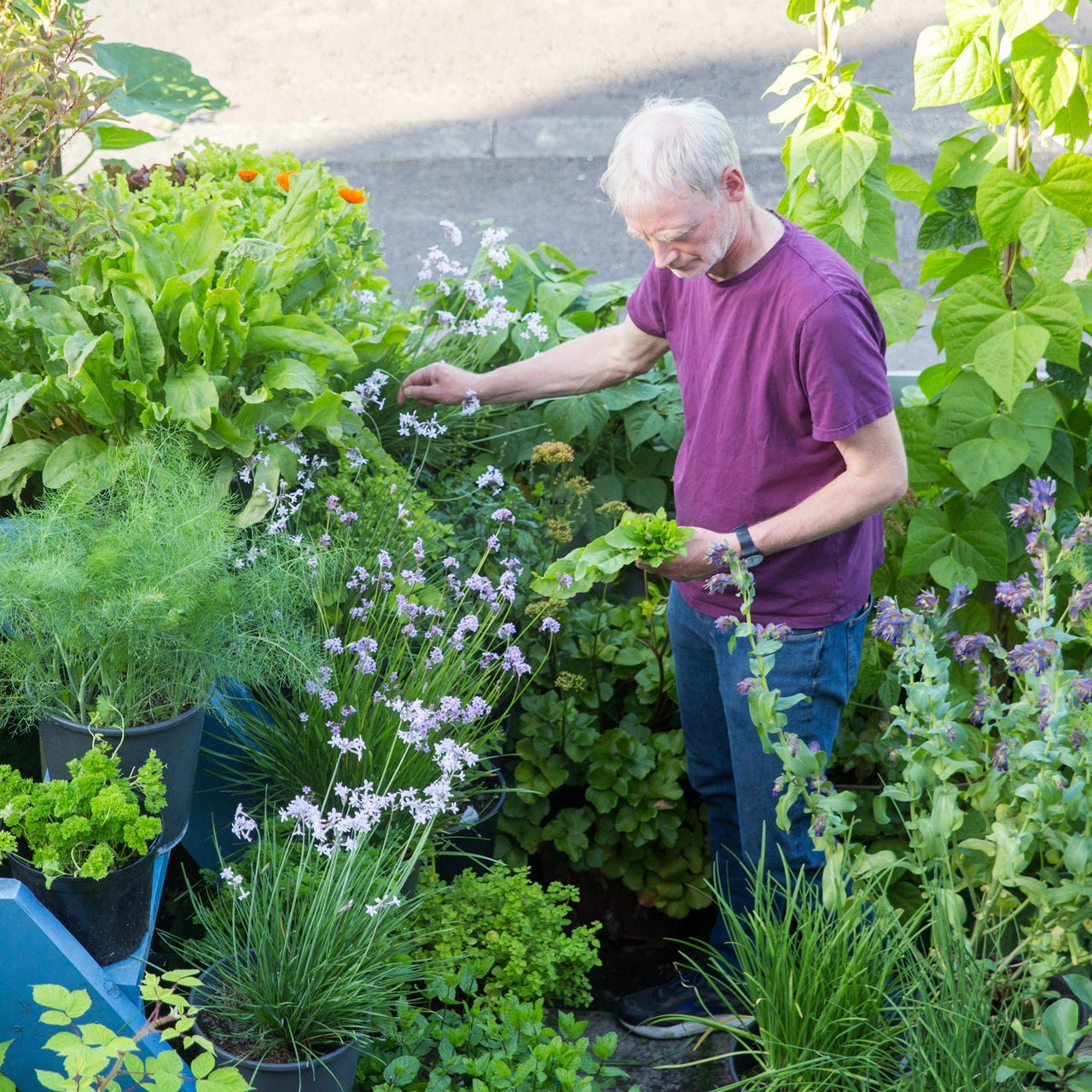
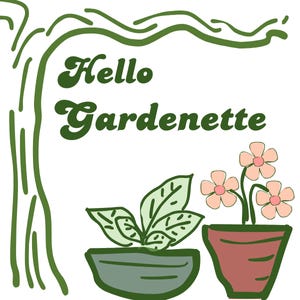


Loved this - and ashamed that I've never tried eating tomato leaves. On the list for this year.
One of my favourite home grown treats is radish leaves - stir fried in olive oil with a little garlic and a squeeze of lemon, they are delicious!
Also: belated Happy Birthday!
This was a great read and a happy birthday to you! I have learnt something new about eating young rhubarb flower buds! I also grew scarlet runner beans in the summer passed and the flowers are so beautiful and vibrant.